Hip flexion vs extension are used to describe the corresponding but opposite movements of the hip joint. The plane responsible is flexion involving movement of the thigh towards the torso (as in lifting the knee) and extension involving movement away or backwards (as in kicking in the run). These are necessary activities to walk, run, sit, stand, sports activities, and healthy posture. Awareness of their functions, distinctiveness, muscles engaged and how they can be improved to advantage can be applied to improve their mobility, prevent injuries, and increase the body strength of the lower body.
- What Is Hip Flexion?
- What Is Hip Extension?
- Main Differences Between Hip Flexion and Extension
- Why Hip Flexion vs Extension Matters
- Exercises to Improve Hip Flexion
- Exercises to Improve Hip Extension
- Flexibility and Range of Motion
- Recognising Weak or Tight Muscles
- Case Study: Hip Flexion vs Extension
- Remembering the Difference Between Flexion and Extension
- The Role of Dorsiflexion and Other Related Movements
- Types of Hip Movements
- When to Avoid Flexion or Extension
- Improving Hip Flexion and Extension Over Time
- Hip Thrust vs Hip Extension
- Final Thoughts
- Frequently Asked Questions
What Is Hip Flexion?
The flexion of the hips is marked when the distance between the thigh (femur) and the torso becomes lower. That is, any painful motion in which the knee is rotated toward your chest or your thoracic region is leaning towards your thigh considered hip flexion. It is the movement applied in sitting down, up a stair, or it is the movement of raising your leg.
The important muscles in the flexing of the hips are:
- Iliopsoas (psoas major and iliacus): These are the strongest flexor muscles of the hip, which are essential so that the leg can be lifted.
- Rectus femoris: This is a part of the quadriceps that crosses the hip joint and supports the lifting of the thigh.
- Sartorius: Helps in flexion and rotation.
- Tensor fasciae latae (TFL): Fixes and flexes the hip.
Hip flexion appears anywhere in our day-to-day lives: walking, running, sitting or even when tying your shoes. The hip flexors are needed to stabilise the pelvis even when in the standing position.
Regular range of motion: The average adult most commonly has 130-120 flexion of the hips, with 90 degrees being a right angle between the body and the thigh (think sitting erectly in a chair). Normal gait demands adequate hip flexion.
What Is Hip Extension?
The opposite movement is hip extension. It lifts the angle between the thigh and torso, shifting the thigh in a back rotation with respect to the pelvis. This movement is what propels you when walking or running, when you stand up off a chair and gives power to jumps and sprints.
Muscles that are important in the extension of the hip are:
- Gluteus maximus: The most powerful extensor of the hip.
- Hamstrings (biceps femoris, semitendinosus, semimembranosus): They are the synergists of the glutes.
- Adductor majus (posterior): Helps in the hip flexor posture.
Normal range of motion: The hip variable of extension is commonly 10-20 degrees in most healthy adults, which is significantly less than flexion, and that is why the glutes and the hamstrings are very crucial in generating power.
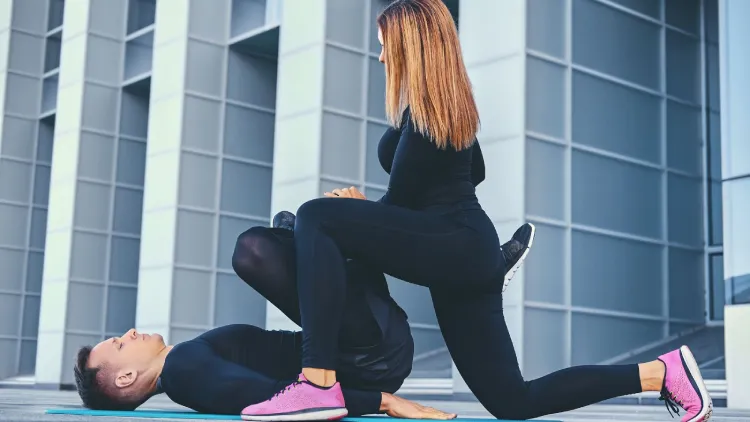
Main Differences Between Hip Flexion and Extension
| Feature | Hip Flexion | Hip Extension |
| Movement | Thigh moves toward the torso (knee up) | The thigh moves backwards from the torso |
| Primary Muscles | Iliopsoas, rectus femoris, sartorius, TFL | Gluteus maximus, hamstrings, adductor magnus |
| Joint Angle | Decreases between the pelvis and the femur | Increases between the pelvis and the femur |
| Daily Examples | Sitting, stepping up, running knee drive | Standing up, sprinting, push-off, bridging |
The easiest method to recall the flexion of the hip and its extension is, flexion pulls the leg forward or upwards, and extension pulls back.
Manual on Differentiating Flexion or Extension.
- Flexion: When the knee or thigh is drawn nearer against your chest or the torso tends to bend towards the legs, then you are in flexion.
- Lengthening: When your thigh postures behind you, or you are straightening up after bending over your body, then you are in extension.
Indicatively, walking entails both: where one leg at one time ends up flexing its hip to forward swing the leg, the other at various times to help push off the earth. This relaxed movement maintains an effective and steady gait.
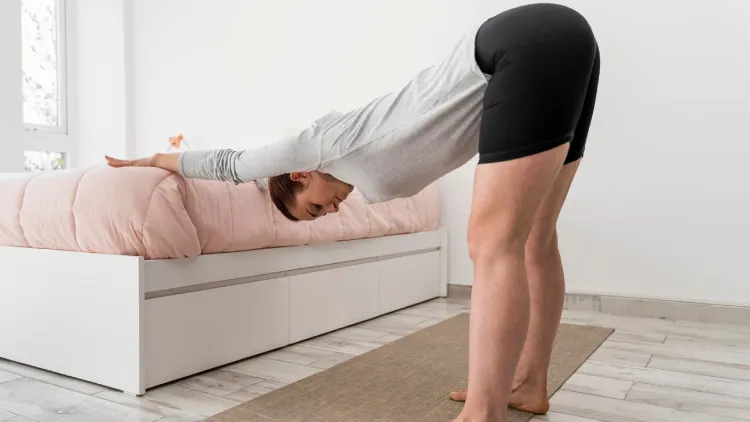
Why Hip Flexion vs Extension Matters
1. Movement Efficiency
You would not be able to walk or run well because, without adequate hip flexion, you would not be able to stand on your knees. Lack of good hip extension results in loss of the power of the push-off with sprinters, players, the stairway, or rising out of a sitting posture.
2. Posture and Stability
Flexion (pull forward) of the ips, as compared to extension, inhibits anterior or posterior pelvic tortoises. Long sitting causes tightening of the hip construction and glute weakening, which can result in lower back pain.
3. Injury Prevention
Poor or constrained hip muscle strains exert pressure on the knees and spine. Flexing the hips and stiffening the glutes decreases the possibility of damage.
4. Athletic Performance
Sprinters, bikers, jumpers and weight lifters have a lot to do with a forceful hip extension. In the meantime, martial artists, football players, as well as hikers rely on good hip flexion to pick and hold the leg.
Exercises to Improve Hip Flexion
The enhancement of hip flexion takes place through strengthening as well as stretching:
- Knee raises when standing or sitting: lengthens the hip flexors directly.
- Dynamic instability and flexion: Knee drive lunges.
- Supine leg raises (tenant position): Select the iliopsoas and rectus femoris.
- Pigeon pose/ knee flexor hip stretch: Stretches the tightened hamstring hip flexors with a better scope.
Walking is also a type of hip flexion, particularly in the swing posture, partly, but optionally, introduced to beneficial control and strength drills.
Exercises to Improve Hip Extension
To increase hip extension force and mobility:
- Glute bridges work out and build the upper glutes.
- Hip thrusts: Stress the glutes to their entire extension.
- Deadlifts (conventional or Romanian): Hamstrings and glutes, Jim Crow.
- Step-ups and reverse lunges: Develop one-sided extension.
- Stretch of the hip: Humiliate the anterior parts to increase the degree of openness.
These exercises enhance a balance in the anterior muscles employed in the hip and the posterior muscles, which are of better use in the hip, and barring this, the walking becomes easier.

Flexibility and Range of Motion
Hip Flexion
Normal walking involves a minimum of 60-70 degrees of hip flexion, although normal gait preparation may involve up to 90 degrees. Selling activities, such as sitting cross-legged, require more.
Hip Extension
Normal gait requires an extension of approximately 10 degrees per step to be normal. Nevertheless, such sports activities as sprinting demand much more, which is why glute and hamstring stretching and strengthening are crucial.
Recognising Weak or Tight Muscles
- Weak Hip Flexors: This involves having difficulty with lifting the knee when walking up the stairs or running.
- Tight Hip Flexors: Low-back pains or lack of hip extension.
- Weak Glutes: The hamstrings and the lower back are overused in the course of any exercise involving extension.
The imbalances can also be detected with the help of self-tests like the Thomas test (tightness of hip flexors) or the bridge hold tests (strength in both glutes).
Case Study: Hip Flexion vs Extension
A 35-year-old runner called Sara, whose excessively long hours sitting made her flexors of the hips tight and her buttock muscles weak. Such hip flexion vs extension resulted in lower-back pain and decreased running power.
Six weeks of specific stretches (lunges, pigeon pose) and strengthening (knee raises, glute bridges, hip thrust) increased her flexion of the hips (now 120 degrees instead of 95 degrees) and her extension (now 15 degrees instead of 5 degrees). The patient became less painful, smoother, and stronger.
Takeaway: Mobility and strength training can aid in preventing injuries as well as enhancing performance and reinstating healthy movements that are characterised by hip flexion vs extension.
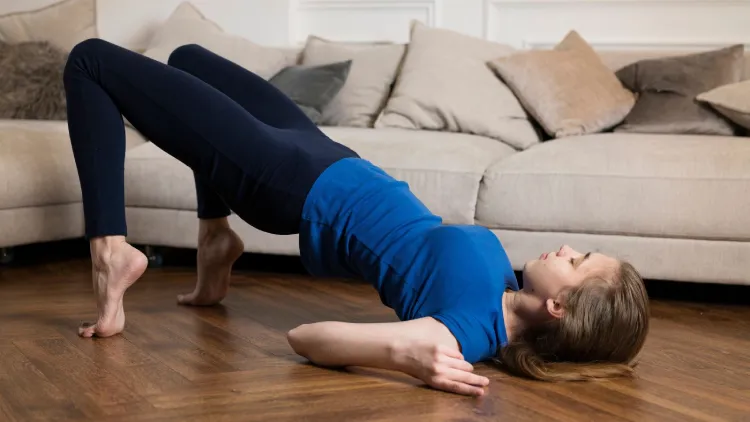
Remembering the Difference Between Flexion and Extension
Think of the hinge of a door:
- Closing the angle = flexion.
- Opening the angle = extension.
In the case of the hip joint, flexion – knee to the chest and extension – leg to the back. This memory allows one to remember flexion of the hips over extension when working out or reading anatomy booklets.
The Role of Dorsiflexion and Other Related Movements
Although dorsiflexion is the movement of the ankle (lifting of a foot over the shin), this movement is analogous to flexion. Its converse- i.e. plantarflexion is related to that of extension at the ankle. Knowledge of these patterns will lead to revisiting shared actions within the body.
Types of Hip Movements
Other than hip flexion vs extension, abduction and adduction of the hip, internal rotation and external rotation also exist. These enable movement in all directions necessary in sports as well as everyday life.
When to Avoid Flexion or Extension
Some injuries (such as hip labral tears or disc problems) might impose limitations on hip flexion or extension sort of temporarily. To illustrate, which can worsen the impingement, the excessive flexion, whereas the violent extension might damage healing hamstrings. Use the advice of the physical therapist on a post-injury basis.
Improving Hip Flexion and Extension Over Time
Consistency is key. Include substitute training, stretches and working out exercises:
- Make the glutes and hamstrings stronger to be able to extend.
- Position and extend the hip flexors to increase their extension and minimise tightness.
- Gradually add exercises as step-up, lunges and bridging.
The range can also be expanded safely by exercises of the application of flexibility, like a lunge or a pigeon, offered by yoga.
Hip Thrust vs Hip Extension
A hip thrust is a certain workout aimed at strengthening hip extension with resistance. It puts the hips in a flexed position and then pushes them to the top in an extension position. This is unlike just extending the hip in an upright position since the thrust loads the glutes over a greater range of movement.
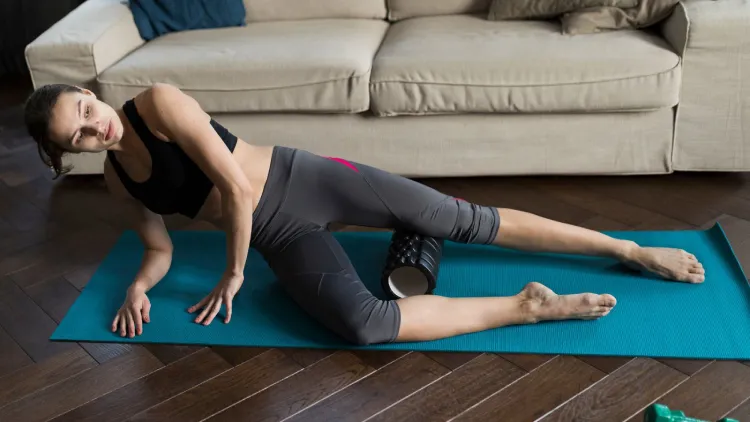
Final Thoughts
Hip flexion vs extension are the major lumbar body movements. Flexion moves your thigh forward towards the torso or vice versa, known as extension. They all help you to walk, run, jump, squat and stand in a posture. Absence of proper flexion means loss of mobility, absence of powerful extension means loss of power.
With the correct use of exercises in both forms of movement, proper stretching and knowledge of the mechanics, you can:
- Improve gait efficiency.
- Increase sports performance.
- Reduce the risk of injury.
- Having a healthy posture and pain pain-free lower back.
The benefit of having balanced hips is that it benefits its foundation in all its activities, both the day-to-day role and in high levels of athletic performance.
Frequently Asked Questions
1. What is the complaint about hip flexion vs extension?
The flexion and extension are forward (knee up) and backwards (leg behind) of the thigh, respectively.
2. And I do not know whether I am flexing or extending.
Knee toward chest = flexion. Leg moving back = extension.
3. Which exercises are better?
Flexion: knee raise, leg raise. Variations: glute bridges, thrusts on hips, deadlifts.
4. What is the significance of hip flexion vs extension?
It maintains good health of posture, enhances gait, enhances strength in athletes, and reduces the risk of injuries.

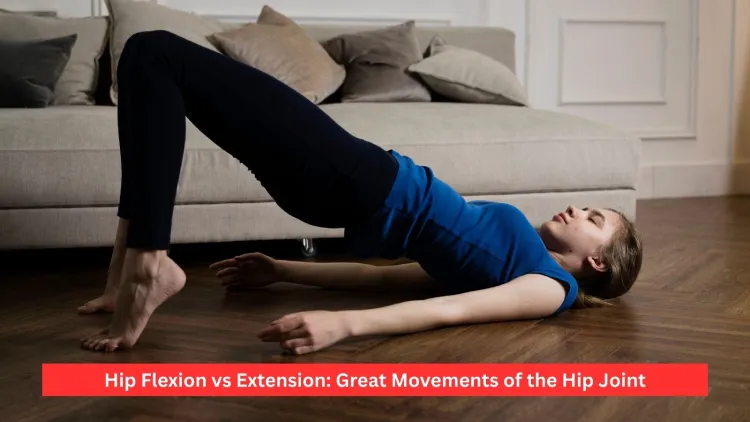

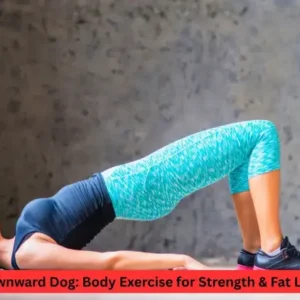
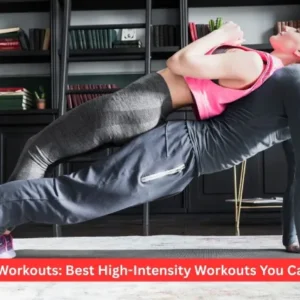



2 thoughts on “Hip Flexion vs Extension: Great Movements of the Hip Joint”
I am constantly invstigating online for ideas that can assist me. Thank you!
Glad to hear that! Happy my content could help you out!